Most pet owners are aware that they occasionally need to trim their cat’s nails. Cats, however, usually have their own idea of what they want to have happen to their claws and can make things very difficult if they don’t want you to trim them.
Cats’ nails require maintenance just like human nails do and it can be tricky to persuade your cat to offer out their paws for a little pedicure. In this guide, we’ll discuss why trimming your cat’s nails is so important, and how to safely trim them with as little fuss as possible.
Many cats do not enjoy having their nails trimmed, but regular nail maintenance is necessary for all cats. Several safe, efficient methods allow you to trim your cat's nails without anyone getting hurt. If you're not comfortable trimming your cat's nails, your veterinarian or pet groomer can do it for a small fee.Key Takeaways
Why Do We Need To Trim Cats’ Nails?
Cats’ nails are extremely sharp. In the wild, this is advantageous as it helps them hunt their prey. It enables them to climb to find vantage points to stalk prey and safe places to rest and sleep.
Domestic cats don’t need to have such sharp claws. As we cat owners eventually find out, those sharp little claws can do some serious damage to furniture and carpets. They are especially unwanted when your cat is kneading on your lap with their claws digging into your legs.
Additionally, cats’ nails grow very quickly. If they are not trimmed, overgrown nails go into their pads and puncture the pad, sometimes causing an infection. It’s very painful when this happens and if it happens, you will need to take your cat to the vet.
Why Do Cats Dislike Having Their Nails Trimmed?
Most cats don’t like having their paws touched, but it’s necessary for nail trims.
Trimming nails seems like such a trivial exercise, yet many cats absolutely hate it. If you are doing it correctly, nail trimming is not a painful procedure at all.
When the clippers close down on the nail, there is a small amount of pressure that some cats might find uncomfortable. As long as you are cutting in the correct place (more on this later) nail trimming will not cause your cat any pain.
In general, cats dislike having their feet touched. However, when you cut their nails, you do have to really handle their paws. You need to separate their digits so that you can manipulate the clippers in between each toe.
This, for many cats, is just too much stimulation for their sensitive paws, and their first instinct is to wriggle away from you (or lash out to warn you not to do that again). A lot of the process of achieving a calm nail trim is about getting your cat used to having their paws touched.
Also Read: Why Do Cats Chew On Their Nails
3 Tips for Trimming Your Cat’s Nails
It can be tough to trim your cat’s nails if they become fidgety or even aggressive. Fortunately, there are ways for cat parents to get this task done with minimal fuss.
1. Start When They Are Young
The ideal time to build trust and get your cat used to having their claws trimmed is when they are a kitten. Touch and hold your cat’s paws frequently, and squeeze the pads gently between your fingers. Touch each toe separately. Practice gently pushing their nails out.
Let them know that you touching their paws is not a bad or painful experience. Give them lots of affection and reward them after each time.
3. Use the Correct Equipment
Cat nail trimmers are made specifically for small paws and nails
A pair of cat nail trimmers is what you need to trim your cat’s nails effectively. A pair with a sliding guillotine is the best because it gives you a good amount of control. Don’t get confuse cat clippers with dog clippers. Cat clippers are much smaller and more delicate for getting in between a cat’s toes.
Dog nail clippers are often larger and difficult to fit in between cat toes. Avoid using scissors because they do not have a curved blade and will apply too much pressure across the entire nail. Human nail clippers are also not ideal because they are the wrong shape. Use cat nail trimmers that are sharp and not rusty or dirty.
3. Take Your Time
Even when your cat becomes comfortable letting you hold their paws, make sure to take your time when trimming their nails.
First, take your thumb and forefinger and softly apply pressure on both sides of the joint directly behind the claw. This causes the claw to extend, so the full claw is exposed. Next, carefully trim the sharp edge of the nail. Be careful not to trim too far back. Quickly but carefully snip off the sharp tip and no more.
Keep something on hand to help if you cut your cat’s nails too short by accident. Styptic powder is an anticoagulant powder sold at pet-supply stores and online. You can also use an unscented bar of soap to stop bleeding.
If you accidentally cut the nail to the quick, where the blood vessels and nerves are located, don’t panic—it’s a very common mistake to make. Attempt to apply gentle pressure to the tip of the claw if your cat will tolerate this. Dab some styptic powder on the bleeding claw or rub a bar of soap on the nail tip. Monitor your cat closely to check that the nail stops bleeding. If it doesn’t stop, contact your veterinarian.
Never attempt to declaw your cat. This is a surgery that can only be done under very specific circumstances by a veterinarian and is not only rarely necessary but actually harmful for your cat.
Also Read: Why Declawing Is Bad for Your Cat & What To Do Instead
What To Do if Your Cat Won’t Let You Trim Their Nails
Still having trouble getting your cat to cooperate? Try these additional strategies.
1. Get Some Backup
Cat nail trimming is often a two-person job. Sometimes if another person is holding your cat, it allows you to concentrate on holding just their leg to steady the paw and trim the nails quickly and efficiently. We veterinarians are spoiled as we have vet techs on hand, who are amazing at many things, but really excel at safe animal restraint.
2. Make a Kitty Burrito
Wrap your cat up in a thick towel or blanket, extracting one leg at a time for nail trimming.
If a cat is objecting to nail trimming, wrap them up in a towel or a thick blanket. This method is affectionately called the “kitty burrito” due to the shape it resembles. When your cat is wrapped up, you can gently expose one leg at a time and trim their nails that way. This method also helps your cat feel secure when they are all wrapped up and cozy.
3. Take a Staggered Approach
If your cat gets very stressed when you attempt to trim their nails, you can try to cut just one or two nails at a time. Two in the morning and two in the evening each day, for example. This way you get the same end result but minimize the stress on your cat. They won’t have a chance to get themselves worked up if you are only quickly trimming a few nails.
4. Hide Their Face
Some cats get worked up when they see the trimmers. If your cat tolerates it, you can use a soft towel or blanket and gently drape it over their face when holding them, then trim their nails. This means that they won’t be able to see the trimmers and get stressed out and try to escape.
5. Visit Your Vet or Groomer
Your veterinary professionals can trim your cat’s nails at the clinic for a small fee.
If you really aren’t keen on trimming your cat’s nails, you can leave it to the professionals. If you book an appointment at your local vet, they will be happy to help. Vets and vet techs can both trim your cat’s nails for you.
If for some reason your cat is extremely stressed and absolutely will not tolerate anyone trying to trim their nails, your vet can give them some sedation. This is only done in circumstances where there is no other alternative in cases where people and cats are going to get injured if we attempt without sedation. All good pet groomers will trim nails, too.
6. Stealth Trim While They Sleep
A sneaky approach is to trim nails while your cat is asleep. If you are quick, even if they do wake up when you touch their paw, you will be able to trim one or two nails. Keep doing a few nails each nap time and you will soon have them all down to an acceptable length.
Also Read: The 4 Key Benefits Of Chiropractic Care For Cats
Final Thoughts
While your cat may really dislike it when you trim their nails, it is a necessary part of responsible cat care. Letting your cat’s nails go unclipped for too long can cause them to puncture the pads of their own paws, and possibly cause some serious damage to you, your furniture, or your clothes. There are multiple techniques when it comes to trimming a cat’s nails, and if all else fails, a veterinarian or experienced pet groomer can trim them for a fee.
Frequently asked questions
What to do if your cat won't let you cut their nails?
If you are unable to cut your cat's nails on your own at home there are a few things you can try:
How do I relax my cat to trim his nails?
If your cat gets anxious when you try to trim their nails, there are steps that you can take to make them feel safe and calm before you start. Play with them and give them their favorite toy or treat. Talk or sing to them in a soft, calming voice. If they respond well to catnip, offer a catnip toy to help chill them out.
Why does my cat freak out if I try to trim their nails?
Cats have very sensitive feet and don't care to have their paws handled. The pressure that a cat feels on the nail from the clippers also may be uncomfortable, though not painful. Cutting a cat's nail down to the quick is painful, however, and will cause a lot of bleeding. This is easily avoided if the trimming is done carefully and correctly.
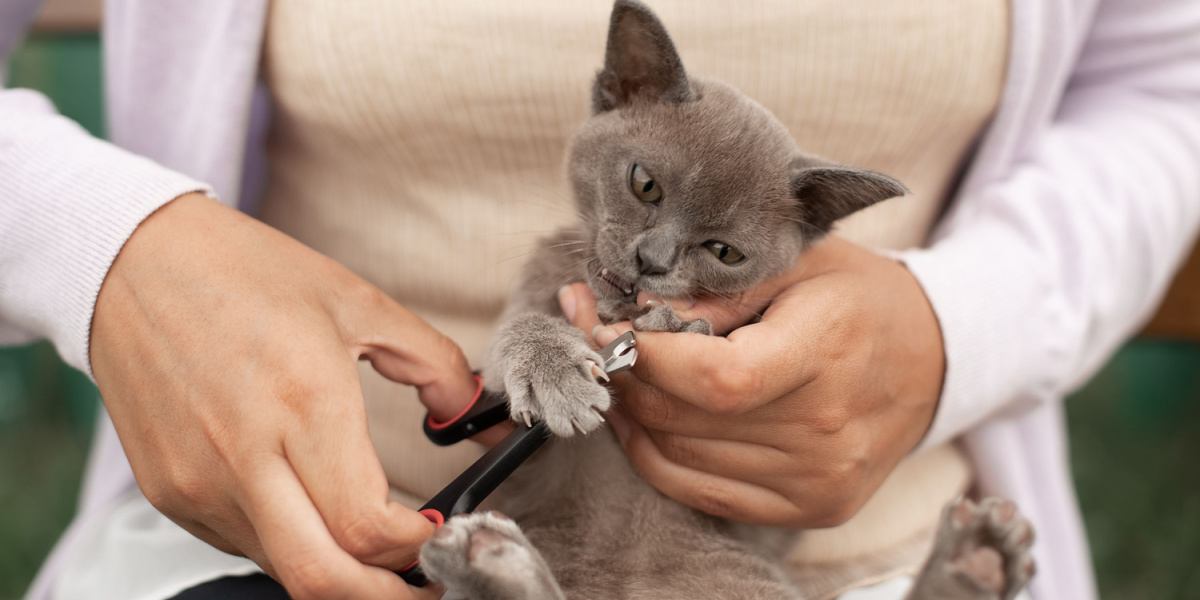
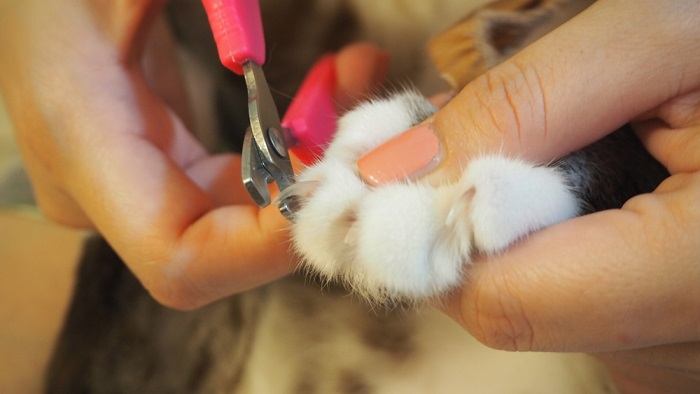
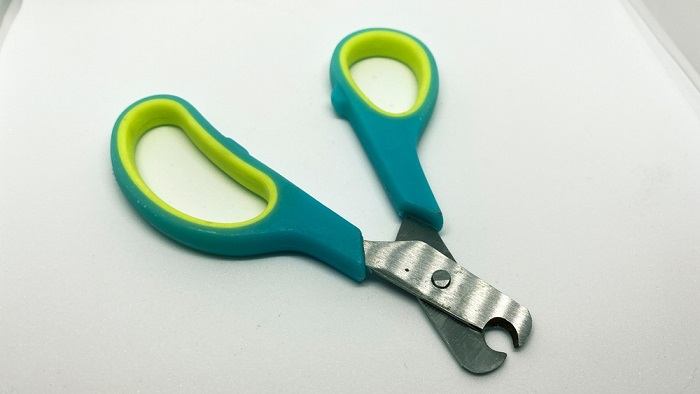
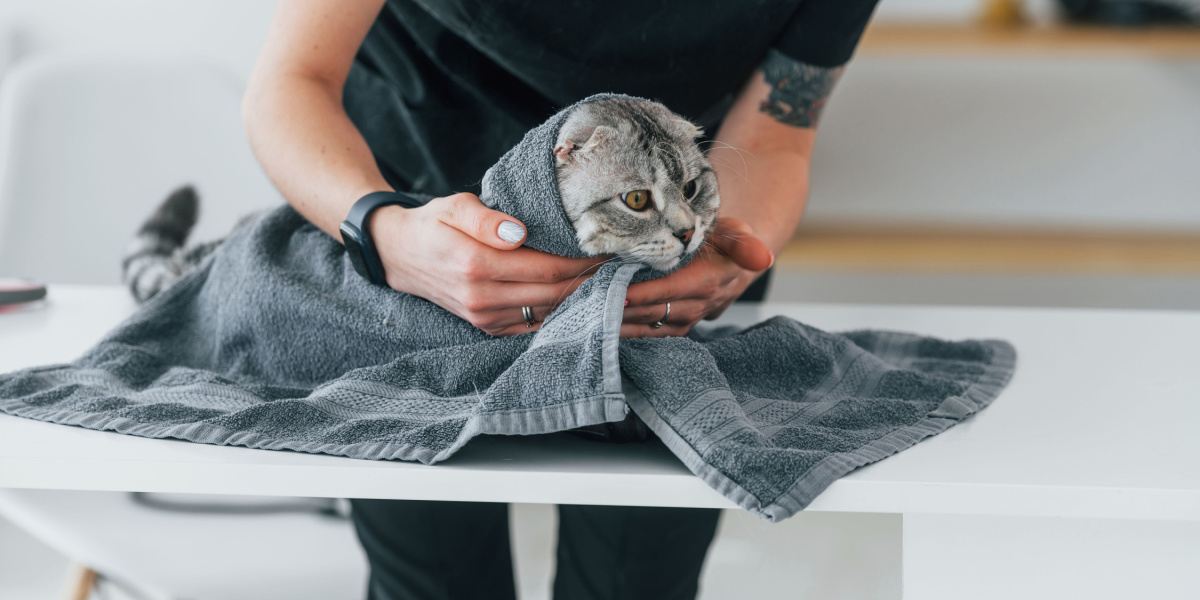
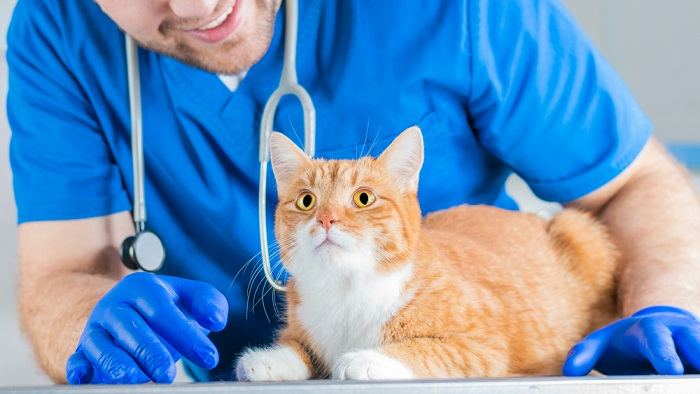
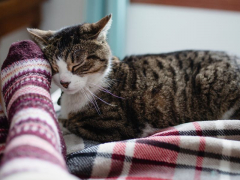






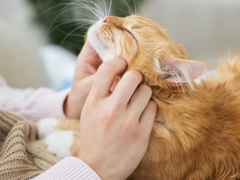
Thanks for this info.
With some cats tasty treats helps a lot.
But I have some others that are more difficult.
Thank you so much for this detailed information! As an article about dealing with cat behavior during a commonly difficult but necessary activity, this is exactly why I look to cat.com for how to best treat my cats
I played with my cats’ paws when they were young kittens because I just liked how they felt. Continuing as they grew (now 12 & 9), touching & playing with their paws has become an act of bonding. They’ll purr & blink at me. I blink back, but I also need to be alert to any signals from their bodies communicating that they’ve had enough.
After all this, I now occasionally have minor issues with my sweet, older tabby that is remedied with the help of another person. Afterwards, sometimes during, I always reward her with special treats (freeze-dried chicken livers) reserved for only this purpose.
However, my younger, all black beauty has always been a squirmer. I used to be able to show up at my vet’s office without an appt & see a tech who clipped her claws for free. After Covid, an appt was required to see just a tech, and I was charged the same, full office-visit fee as if my cat had seen the Veterinarian, herself. What a discouragement for taking care of your cat’s basic need.
I’ve since found another veterinarian that I like much better. I do have to make a quick appt to see the tech for just a claw trim, but they only change $20, which is the same amount as a Petco groomer.
Going to the Vet’s office takes time & effort that I no longer have, but thanks again to Cats.com because I learned to take my little black squirmer, a very thick towel & make the cutest cat burrito. She gets those special treats as well – one paw in the morning, one paw that night, repeat the next day.
It is impossible to clip my one cats nails. I’ve tried every trick in the book. She scream, fights, growls, hisses and spits. I came up with an idea and it works for me. I take her outside to my car, get in, roll down the window a pinch and she’s busy looking around to see what the noise is that I’m able to clip the nails. This idea worked like a charm.
What a creative solution, Barb! I’m glad it works for you 🙂